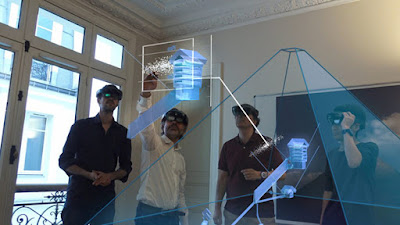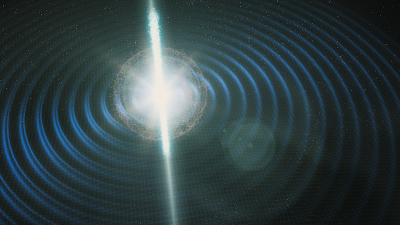Topics: Civics, Education, Existentialism, Politics
My wife and I exercised our right to vote in the Greensboro municipal elections. Our impact wasn't as sweeping as seen across the United States, nor was it a referendum/check on power to the current 140-character president.
As a graduate student, I do have my concerns on how politics affects personal outcomes:
The sweeping tax overhaul released by House Republicans Thursday would kill or limit key benefits for many colleges, students and borrowers paying off student loans.
House GOP leaders released this plan about half a year after President Trump issued a set of broad but vague principles for tax reform legislation. The proposal released Thursday slashes corporate tax rates, reduces the number of income tax brackets and repeals taxes on large estates.
To pay for revenue that would be lost, the plan would kill many tax breaks, some of them popular in higher education.
The plan would impose a 1.4 percent excise tax on college endowments at private universities valued at $100,000 or more per full-time student. The National Association of Independent Colleges and Universities said Friday it estimated more than 150 institutions would be affected by the proposed tax based on 2014-15 endowment values.
The bill would double the standard individual tax deduction, meaning much weaker incentives for charitable contributions to colleges, higher education groups say. Phasing out the estate tax, they say, would also have a negative impact on charitable contributions.
The GOP plan would end student loan interest rate deductions and eliminate state and local income tax deductions, potentially encouraging spending cuts in states that are among the biggest supporters of public higher education.. 1
*****
Graduate students and their professors say their careers and programs are threatened by a provision of the House Republican tax bill that proposes tens of thousands of dollars in higher income taxes on American doctoral students.
Why it matters: The legislation, following a series of threats by the Trump administration that could reduce the number of foreign Ph.D students and their ability to stay in the country after graduation, could be another strike at U.S. dominance of global research and invention. Claus Wilke, chairman of Integrative Biology at University of Texas at Austin, said that should the proposal become law, he "could not in good conscience recommend a Ph.D. to anybody unless they were so rich they didn't care."
"I would tell them to see if somebody can offer you a slot in Canada or Europe where they don't make you pay for your Ph.D," Wilke said. 2
No man is an island,
Entire of itself,
Every man is a piece of the continent,
A part of the main.
If a clod be washed away by the sea,
Europe is the less.
As well as if a promontory were.
As well as if a manor of thy friend's
Or of thine own were:
Any man's death diminishes me,
Because I am involved in mankind,
And therefore never send to know for whom the bell tolls;
It tolls for thee.
John Donne
I am involved with mankind with regards to my family. We pursued student loans to pay for college for both of our sons. Now as I pursue a Masters and PhD in Nanoengineering, we've pursued those loans for me. It was to better myself; train in a related field and work at a higher level, hopefully in academia as an instructor and researcher. Those are two things - correct me if I'm wrong - I thought might "make America great." Apparently, exaggerating the already abysmal stratification is the only thing our legislators have in mind to make us "great"...like the 1950s, before Brown vs. Board of Education, before James Baldwin and "Giovanni's Room," before Gloria Steinem; before Lorraine Hansberry's "A Raisin in the Sun." All dreams except the inept dreams of tiki-torch Nazis - in opposition to the eloquence and elocution of Langston Hughes - must be deferred. Often, mostly out of frustration my wife and I postulate living in another country. One where politics isn't so polarized, consensus is pursued post election, not gridlock. We're the only nation on the planet where the election cycle starts a full 2 years before the actual elections. I believe most European countries get it done in about six weeks, but that doesn't make for good Nielsen Ratings and advertising dollars ALL the major networks pursue during presidential contests. A reality television star - clearly not in full control of his faculties, but has the nuclear keys to species extinction - is there because in the words of CBS chairman Les Moonves, he was "good for ratings." Post my matriculation, I may have to consider the option.
..."good for ratings"... That will be a new Rome's epitaph.
1. Tax Benefits at Risk for Colleges, Student Borrowers, Andrew Kreighbaum, Inside Higher Education
2. The GOP tax plan could lead to a brain drain, Steve LeVine, Axios










